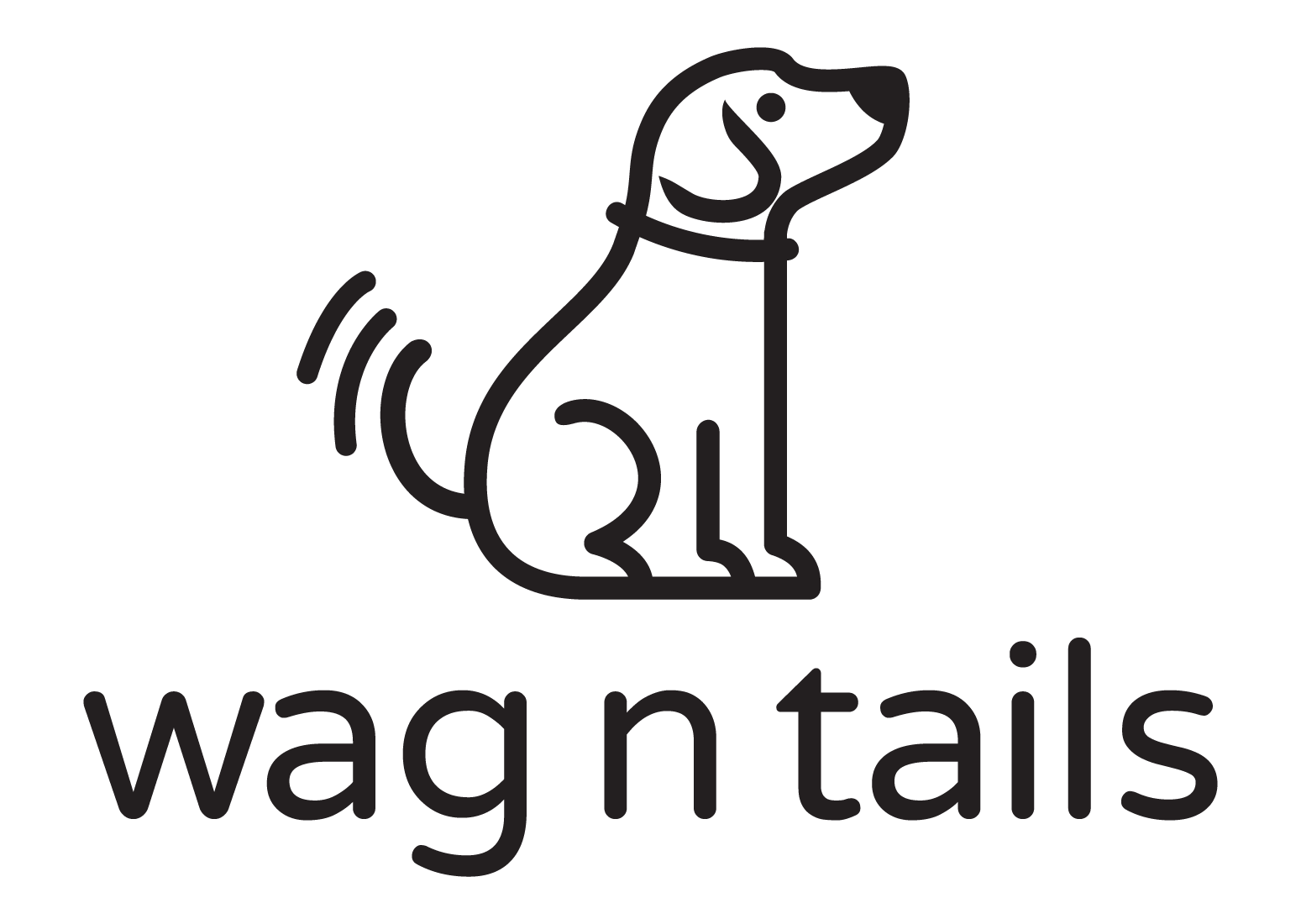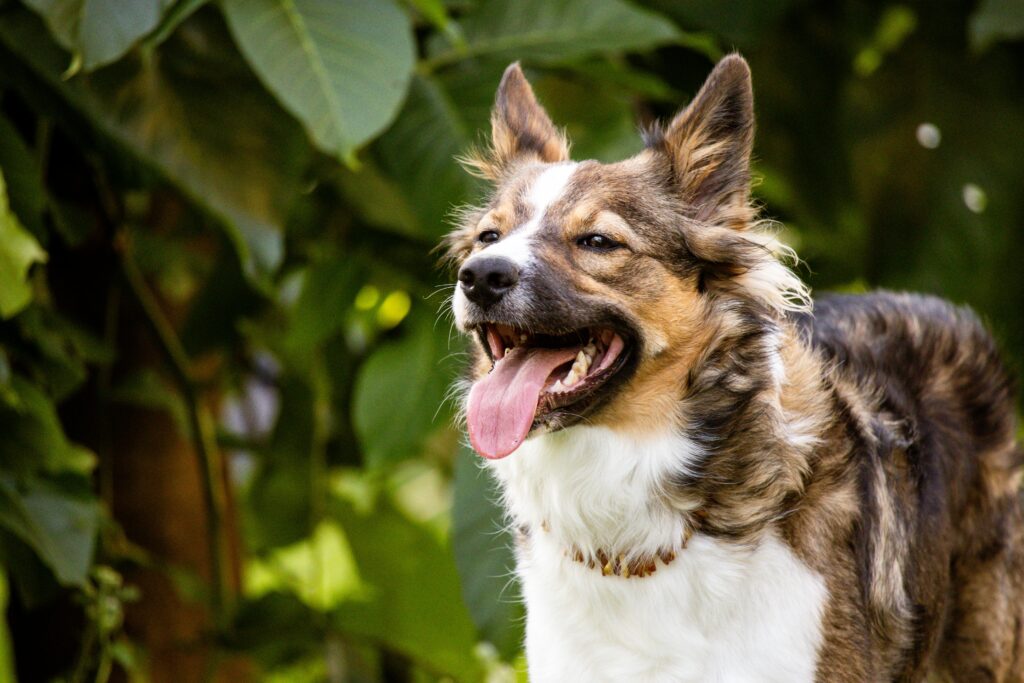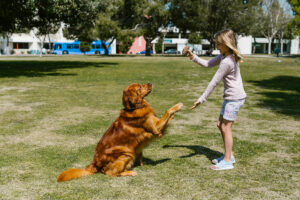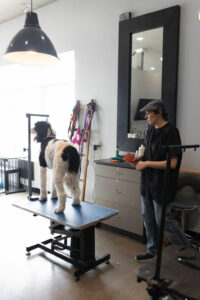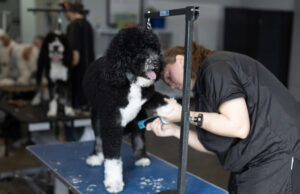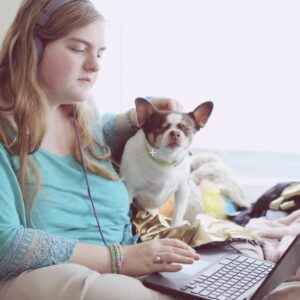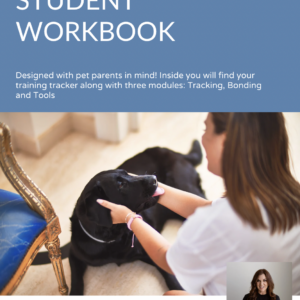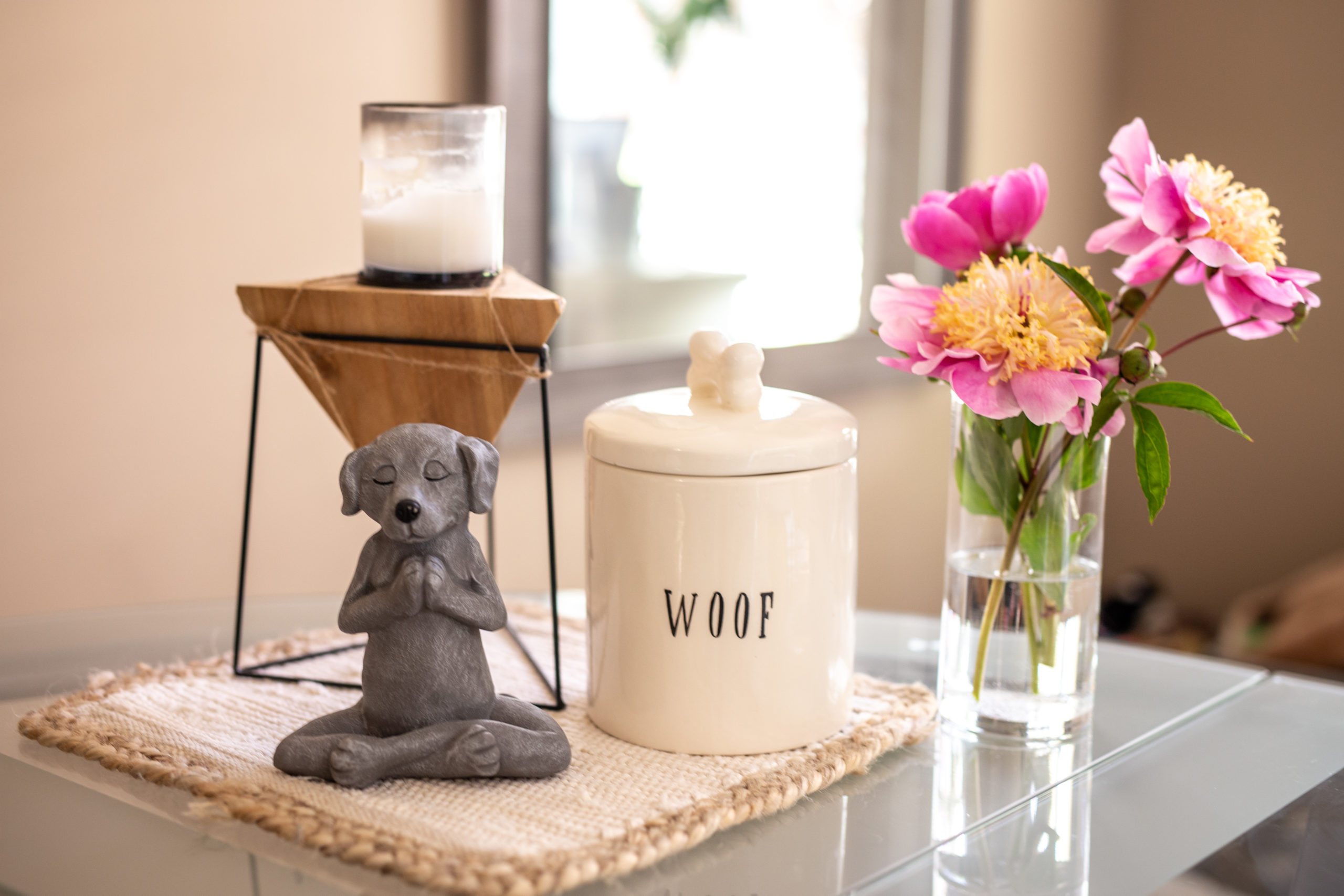Understanding Your Dog’s Behavior. Is Your Dog Annoyed with You?
Do you want to understand your dog’s behavior? Have you ever caught your dog sighing deeply and giving you that “look” that seems to say, “What’s your deal?” Well, it’s quite possible your dog is annoyed with you. Understanding your dog’s behavior can shed light on those moments when your dog seems annoyed. Over the years, we’ve developed a remarkable relationship with dogs, and their ability to communicate with us is astounding through the dog’s behavior.
In our interactions with dogs, we often pick up on some basic dog communication methods that dogs use to communicate with us. Examples might include, ear placement, tail wags (although a wagging tail does not always mean your dog is happy!) or recognizing when a dog’s hair stands up on their back– —sometimes humorously referred to as their “shark fin.”
There are also less obvious signals in the dog’s behavior that they use to communicate and reasons why they feel they need to get your attention to express their emotions.
Understanding Your Dog’s Behavior Through Applied Behavior Analysis
Looking at a dog’s behavior from an Applied Behavior Analysis perspective, there is a consequence to a dog’s behavior. When we use rewards to teach our dogs, there are primary and secondary reinforcements.
Primary Reinforcers in Dog Communication
Anything a dog needs to survive such as food, water, warmth or shelter is called an unconditioned reinforcer. This means that when a dog communicating hunger, agitation, loneliness or boredom these might be a few of the “telltale” times your dog might express themselves to share an emotional state. Biological needs are naturally learned and don’t need to be taught. It’s not at all unusual for a dog to be annoyed when these needs aren’t met. We’ve all experienced the feeling of being a little annoyed when we’re hungry or tired! Feeling hangry? Dogs can too.
Secondary Reinforcers in Dog Communication
Secondary reinforcers are conditioned (or learned) dog’s behavior. For example, if you’re craving sushi and you head to your favorite place to satisfy that craving, the money you spend is your secondary reinforcer. The primary reinforcer is the sushi. When you tell your dog to sit, the treat you offer is the secondary reinforcer.
There are also environmental changes that can make your dog feel annoyed when primary needs aren’t met. The signals your dog is communicating might be obvious, although many times those messages aren’t as easy to pick up on.
Other times your dog could get annoyed might be when there’s a change in the dog’s routine at home. Examples might include divorce, kids moving out, moving the furniture, etc. There are also times that our dogs get annoyed and get worked up, such as when they see someone outside, when the dog is being hugged tightly or when something special is taken away from them.
The reasons for a dog to become annoyed with us (or the environment) are endless, but ultimately it boils down to learning how to best understand your dog’s behavior and read the dog’s body language to prevent your dog from being annoyed in the first place. Understanding how reinforcements work in teaching the learning process plays a big part in understanding your dog’s behavior too.
Join Us for a Deeper Dive in How To Understanding Your Dog’s Behavior
Join us for our next dog body language seminar, when we dive into understanding your dog’s communication signals that are less obvious than when your dog gives you the paw!
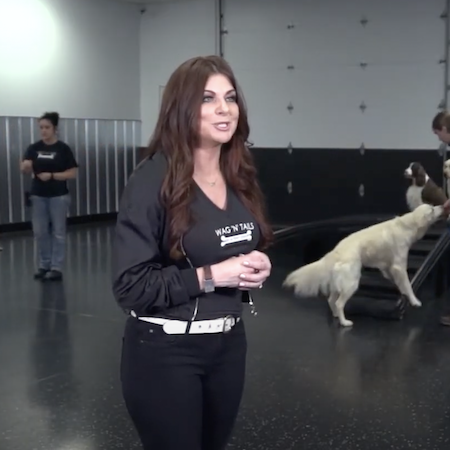
About Wag n Tails Seminars
We offer seminars on a variety of topics from basic obedience to understanding how your dog learns and responds to cues. We also discuss how to properly use positive reinforcement in dog training and how to be consistent with rewards and corrections.
Our seminars are interactive and informative with plenty of hands-on activities. We discuss different dog behaviors and how to structure training around them. We also talk about how to deal with specific issues such as dog nutrition, your dog’s body language, enrichment, treat retreat, barking, aggression, and much more!
Learn more here.
